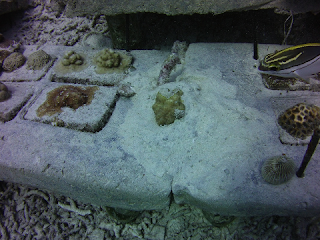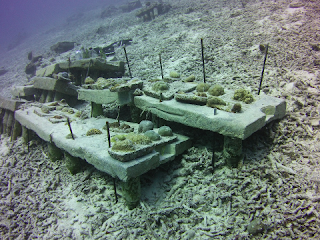Why Do Marine Science A level with TRACC
- Learning on location – first hand experience of the curriculum rather than reading from a book
- Experienced teaching staff
- Great opportunity to learn more about the marine environment whilst helping out on a conservation project
- Good fun – interactive and practical methods of learning makes learning easier
- Class in the morning and diving in the afternoon
This year I studied for my Cambridge International 9693 Marine Science A-level at TRACC. The experience of studying at TRACC was great. Firstly, TRACC’s location is perfect for the course – instead of staying in a stuffy classroom and reading from a book, many of the topics in the course were covered with practicals and first-hand experience.
To learn about mangroves we spent the morning canoeing through the dense mangroves a short distance down the shore from camp, looking out for macaques and monitor lizards as we paddled. To learn about rocky shore zonation and unstable beach environments, we stepped out of our open air sea view classroom and straight onto the beach for an interactive lesson. We spent the morning learning about fish physiology and in the afternoon we went diving to see examples of what we had covered. Fish dissections and fish market surveys all helped consolidate what we learnt in the classroom. By having practical experience right on the classroom doorstep, it made studying much more interactive and interesting.
The experienced teaching staff at TRACC were great and knew how to explain complicated concepts and theories simply. They were always on hand to help and to make studying easier. Completing a 2 year course in 3 months may seem intimidating at first, but with TRACC’s staff full time support this was definitely doable and gave us plenty of time to enjoy ourselves whilst at it.
 |
| Studying fringing reefs from the top of a sinking volcano makes the theory so much more understandable. |
Marine science is an interdisciplinary science and this really shows in the curriculum. Topics range from plate tectonics to aquaculture to ecology and this keeps the course interesting and fresh from start to finish. The course goes hand-in-hand with diving and marine conservation - the amount I now know about the world around me while diving has increased dramatically. I’d recommend the course to all divers and volunteers who want to work with the ocean, gain an A level during a gap year or become more knowledgeable divers.
Of course the Marine Science A level also helps understand why TRACC is conserving coral reefs whilst learning more about the environment they are helping to conserve and want to increase their knowledge of the marine world in general.
I got an A*
Tom Class of 2015
More info on the marine science a level at TRACC



























